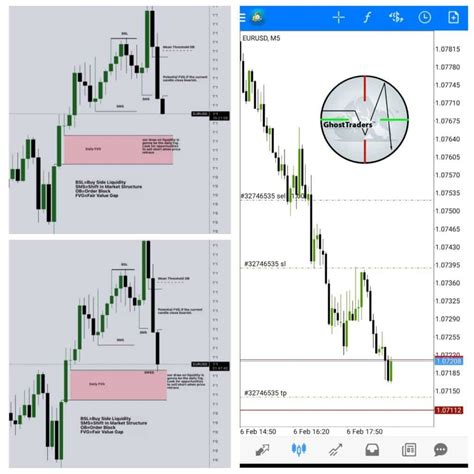Navigation in liquidity groups: a guide for investors in Solana (Sol)
The world of cryptocurrency has undergone enormous growth and adoption over the years, with different currencies such as Bitcoin, Ethereum and others that see significant prices of prices. However, some cryptocurrencies managed to forge a niche for themselves by focusing on specific use or communities. An example of this is Solana (Sol), a fast, scalable and highly decentralized blockchain platform that has gained popularity among investors thanks to its characteristics of unique and potential growth.
What are the liquidity pools?
Liquidity groups are financial instruments that allow traders and investors to trade more exchanges without having to keep physically active. Collection funds from various sources work, such as individual investors or institutional investors, to create a single liquidity group. This can be particularly advantageous for cryptocurrency markets, in which high volumes of commercial activity can lead to greater volatility of prices.
Pool of navigation liquidity in Solana
With the emergence of Solana, many merchants and investors have been attracted to their quick transaction times, low rates and a robust ecosystem. As a result, the liquidity pool in Solana have become increasingly popular. Here is a guide to help you surf the liquidity pool on the Solana platform:

1. Choose the right pool
There are several liquidity pools available in Solana, each with its own characteristics and unique advantages. Some of the most popular swimming pools include:
* Balance : a decentralized exchange (Dex) that allows users to exchange a wide range of activities, including token, NFT and even trustees.
* Curve : an aggregator of liquidity in the pool that provides access to multiple negotiation couples, as well as advanced market production services.
* SUSHISWAP : A Dex that focuses on the supply of high -performance interest rates for Stablecoin based on Sol.
2. Understanding of group rates
Liquidity groups operate based on a “food frequency” model, in which users pay a small percentage of their pool operations. The rates vary according to the group and liquidity provided by each user.
* Balancer : 0.5% food rate for negotiation couples
* Curve : 1.4% food rate for negotiation pairs
* SUSHISWAP : 3.2% food rate for negotiation pairs
3. Group’s performance monitoring
To maximize your return, it is essential to monitor the performance of liquidity groups. Here are some key metrics to see:
* liquidity : the number of activities negotiated in each group
* Mercato capitalization
: the total value of activities stored within a group
* Commercial volume : the average price and the number of operations performed in each group
4. Diversification of your wallet
As with any investment, diversification is the key to minimizing risk. Take into consideration the possibility of combining your SOL participations with liquidity groups of different exchanges or platforms.
* average cost in dollars : investing a fixed amount of sun at regular intervals, regardless of market conditions
* Cover strategies : use liquidity groups as part of a general coverage strategy, such as long -term storage
5. Keep updated with news and pool updates
The cryptocurrency space evolves constantly, with new developments and updates that occur daily. Remain informed on the latest news and ads relating to the solana liquidity pool.
* Social Network : Follow sources of good reputation such as COINDESK, Cryptoslate and Solana Foundation
* Websites of news aggregator : use platforms such as CoinTelegraph or Cryptoslate to keep up with the news and analysis
Conclusion
Navigation of liquidity groups in Solana can be an profitable form for investors to diversify their wallets.
